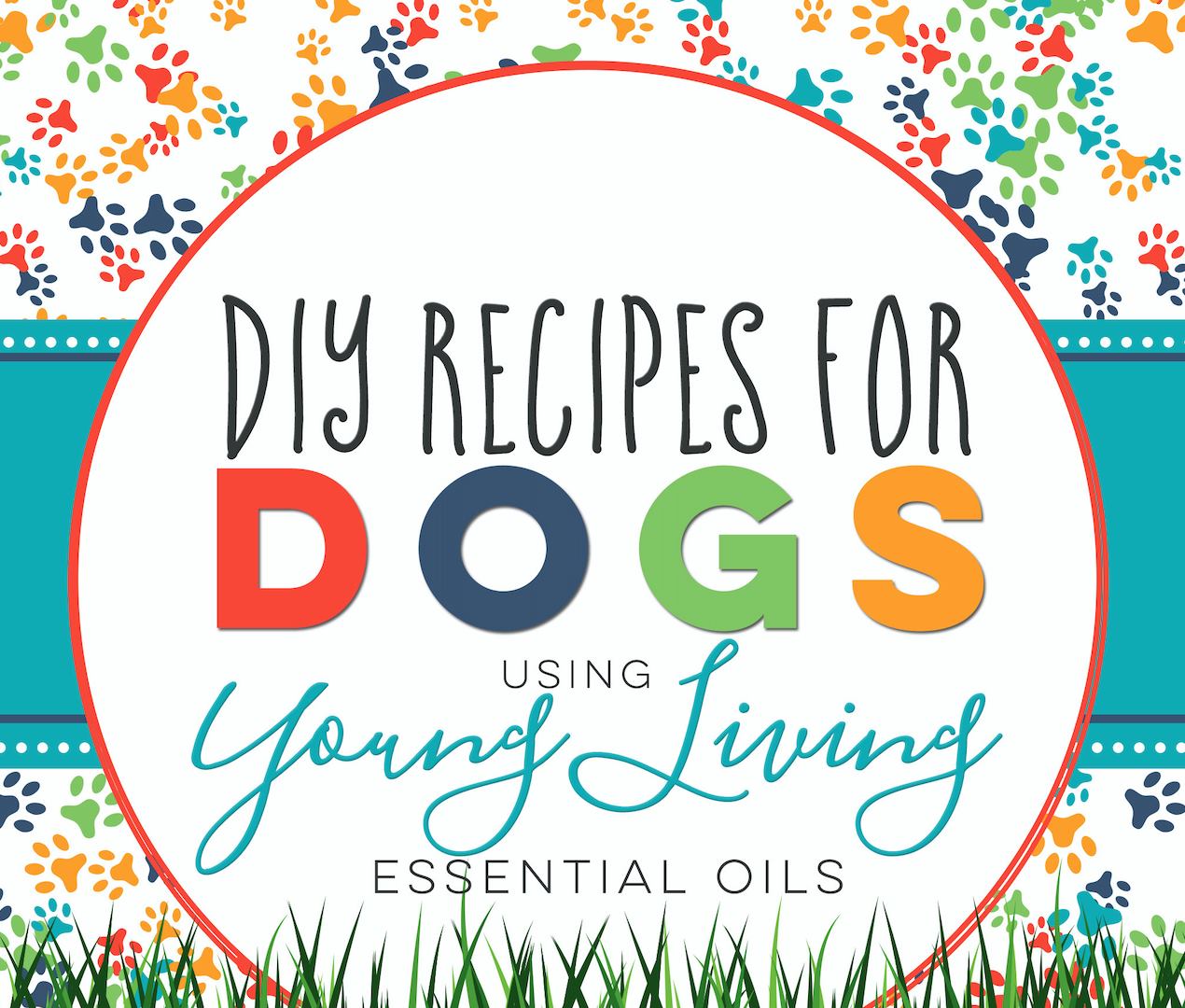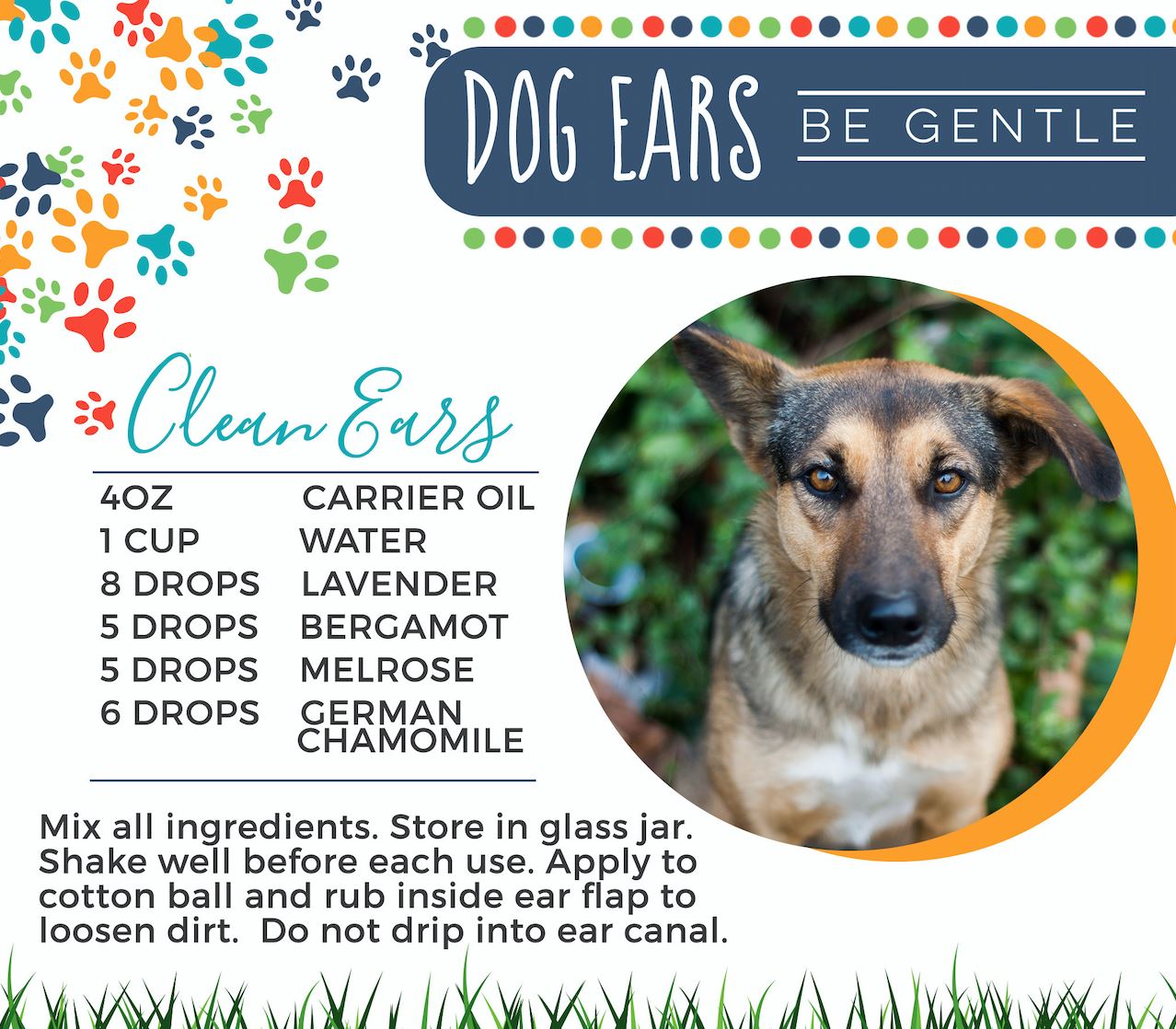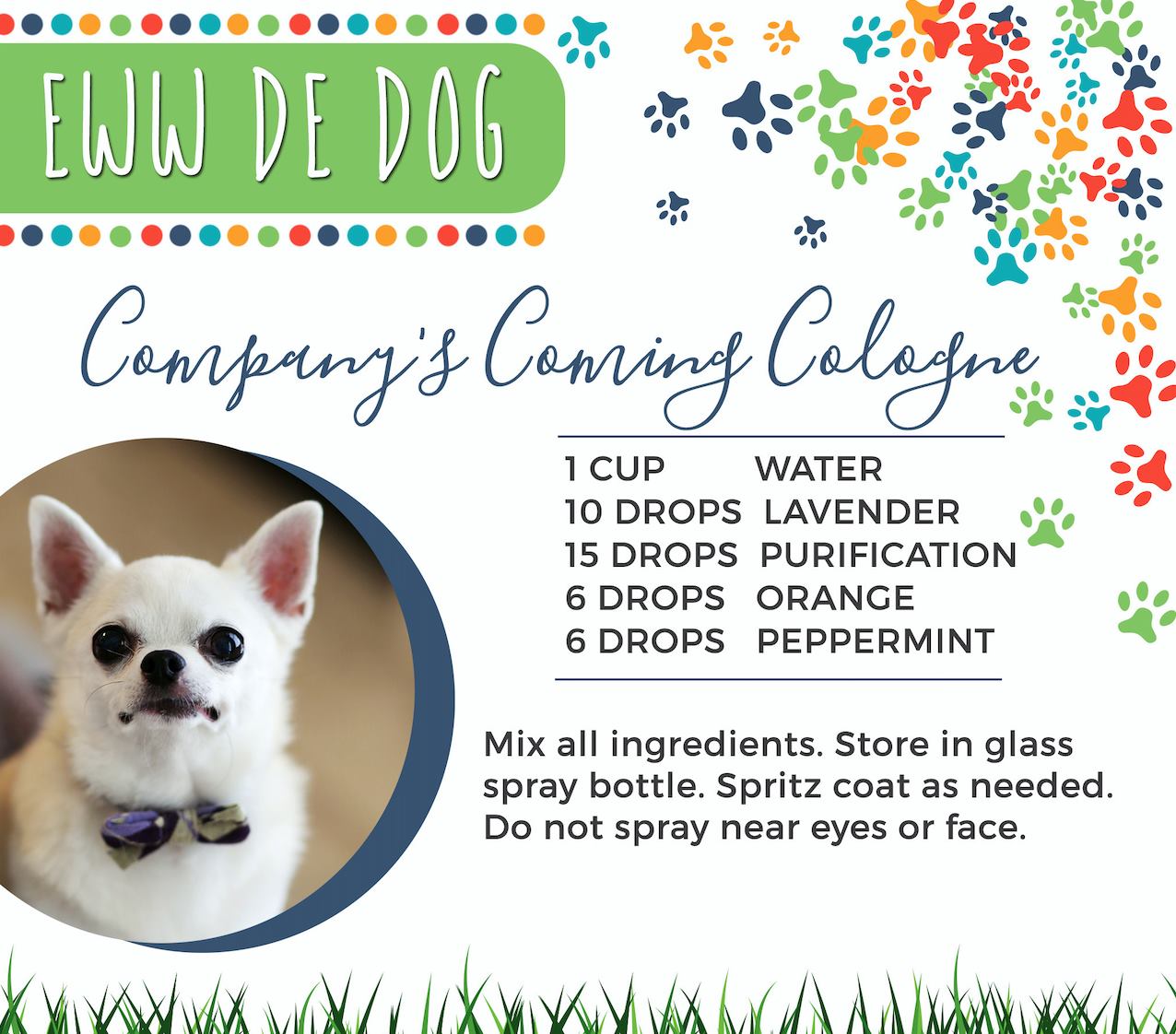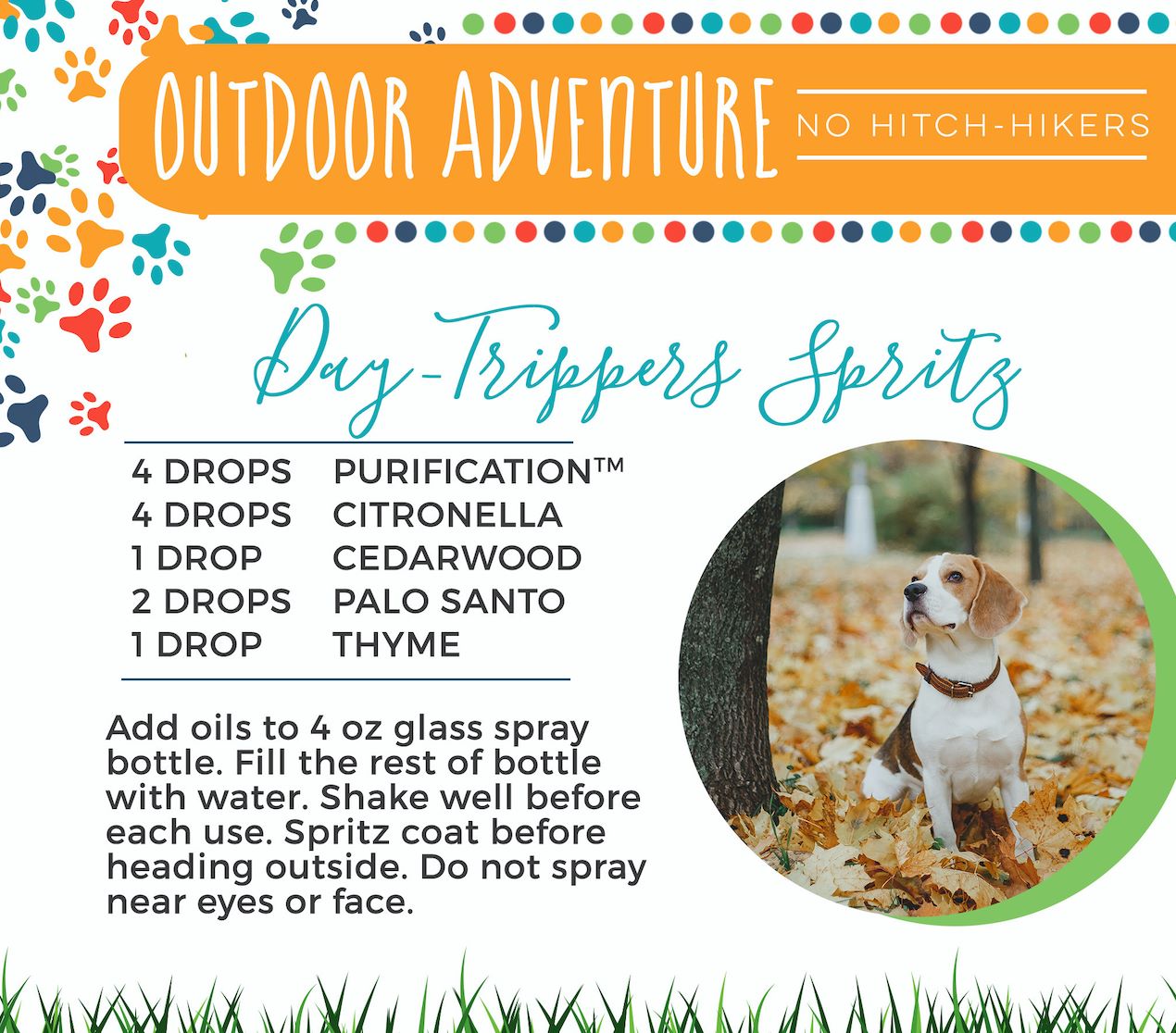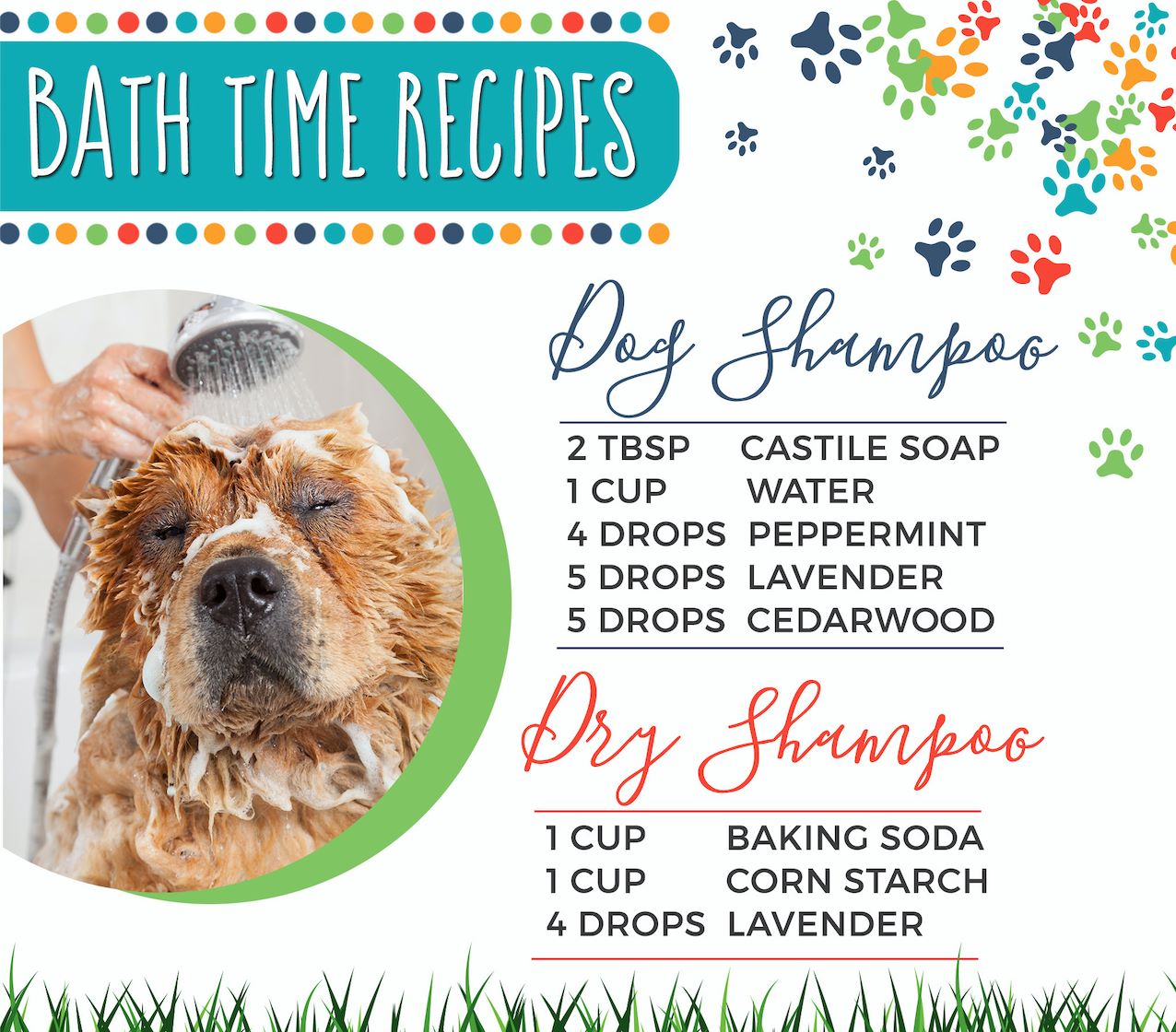If you are like me, you might be asking what are essential oils, and how can they be beneficial to myself and to my animals?
Essential oils are the most powerful part of the plant. They are distilled from shrubs, flowers, trees, roots, bushes, fruit, rinds, resins, and herbs. The oils consist of over 100 different natural, organic compounds. I have had the opportunity to visit the Young Living Farm in Mona, UT on several occasions and have watched the distillation process each time I visit. It is fascinating to see the amount of material that is involved in this process and to see the steps it takes to ensure the proper constituents are in the oils being distilled.
In humans, essential oils provide support for every system in the body: your skeletal system, your muscular system, circulatory system, endocrine system and your hormones, respiratory system, and immune system. They support brain health and a healthy weight. They are used extensively for emotions and for spiritual support in your prayer life. Essential oils in a diffuser can soothe a pet’s day at home when alone, and provide a calming effect for you when you’ve returned from a stressful day at work. Oils can be used as an alternative to toxic cleaning chemicals in the home. You can literally start swapping out every single chemical cleaning toxin in your home to live a purer lifestyle, and you can do it without breaking the bank!
In animals, they provide the same support to their bodies as with humans. I have witnessed so many miraculous changes from just one drop of an essential oil when simply patted down an animals back, or even just the calming effects they experience from oils used in a diffuser. I use essential oils when we take our dogs on trips in the car, or for going to the vet. In my world, a calm, confident dog is a wonderful experience to behold!
There are about 300 oils on the earth, but you only need ten to twenty of them to build a good kit.
You do not need to be an aromatherapist to use essential oils. In most cases, just rub them topically into the skin. There are three main ways to get oils into your system: the English apply them topically –rub oils on the skin: the French ingest and cook with them; the Germans diffuse and inhale them, which can be the most effective method because it doesn’t have to pass through the digestive system.
How do they enter—and how long do they last?
Tests have shown oils reach the heart, liver, and thyroid in three seconds when inhaled; they were found in the bloodstream in 26 seconds when applied topically. Expulsion of essential oils takes three to six hours in a normal, healthy body.
You might also be asking yourself, is there a difference in essential oils? Can I just buy them from any source and get beneficial results?
All essential oils are not created equal! Knowing where they are sourced from is so very important. You can’t just walk into Walmart and purchase oils and expect to put them on yourself or your animals. You will need to find an essential oil company that produces Grade A quality oils, and my research has led me to trust that Young Living is the company that’s my go to for essential oils for my family, both two legged and four!
In the United States, there is not a rating system for essential oils. The closest we get is an FDA requirement that in order to label a bottle of essential oil “pure” or “therapeutic grade,” the contents of that bottle must contain at least 5 percent essential oil.
All oils in the world fall into one of 4 categories: Grade A, Grade B, Grade C, and Grade D.
Grade A is therapeutic, made from organically grown plants and distilled at low temperatures.
Grade B oils are food grade, but may contain synthetics, pesticides, fertilizers, chemical extenders, or carrier oils.
Grade C oils are perfume oils that often contain adulterating chemicals. They usually use solvents, for example, hexane, to gain a higher yield of oil per harvest. Solvents can be cancerous, and are in many store bought oils. They may also be diluted 80-95 percent with alcohol.
Grade D is called “floral water,” which is aromatic only and is usually a byproduct of Grade A distillation. After all the oil is pulled out, the leftover trash water is sold to companies which will fill 5 percent of the bottle with this “leftover trash water,” fill the rest with carriers, and label it pure.”
Grade A is the only true pure oil. Grade D would be like walking into your fridge, taking a glass of orange juice and diluting it 95 percent before you drank it! It wouldn’t have the full benefits of orange juice. That’s why you want Grade A oils. Before you purchase, check to see if the company grows their own plants, owns their own fields, and controls the entire process from Seed to Seal!—from the farm to the sealed bottle. Pesticides, pollution, previously farmed land—all of it can effect the quality of an oil. Young Living’s oils are Grade A. Why would you go the extra step of using an oil to get away from a chemical—and then use an oil laden with chemicals? It makes no sense.
One of the things that stands out to me is Young Living’s Seed to Seal process. It’s a promise of integrity. Gary Young has said that he never makes an oil for profit; he makes it for a purpose. Seed to Seal means each plant is hand-weeded, there are no pesticides used, no chemicals, and no weed killers. The plants are harvested at their peak. They’re then put through a vigorous testing process. Then they go from the farm directly to your home. Seed to seal is not a slogan, it’s a promise! You can learn more by checking out the Young Living story, and fall in love with the company as I have, at www.seedtoseal.com.
Now, how do these Grade A therapeutic essential oils benefit our animals?
Here are just a few that I believe are important to have, and are included in the premium starter kit. They are really quite simple to use.
FRANKINCENSE - FOR OVERALL WELLNESS

